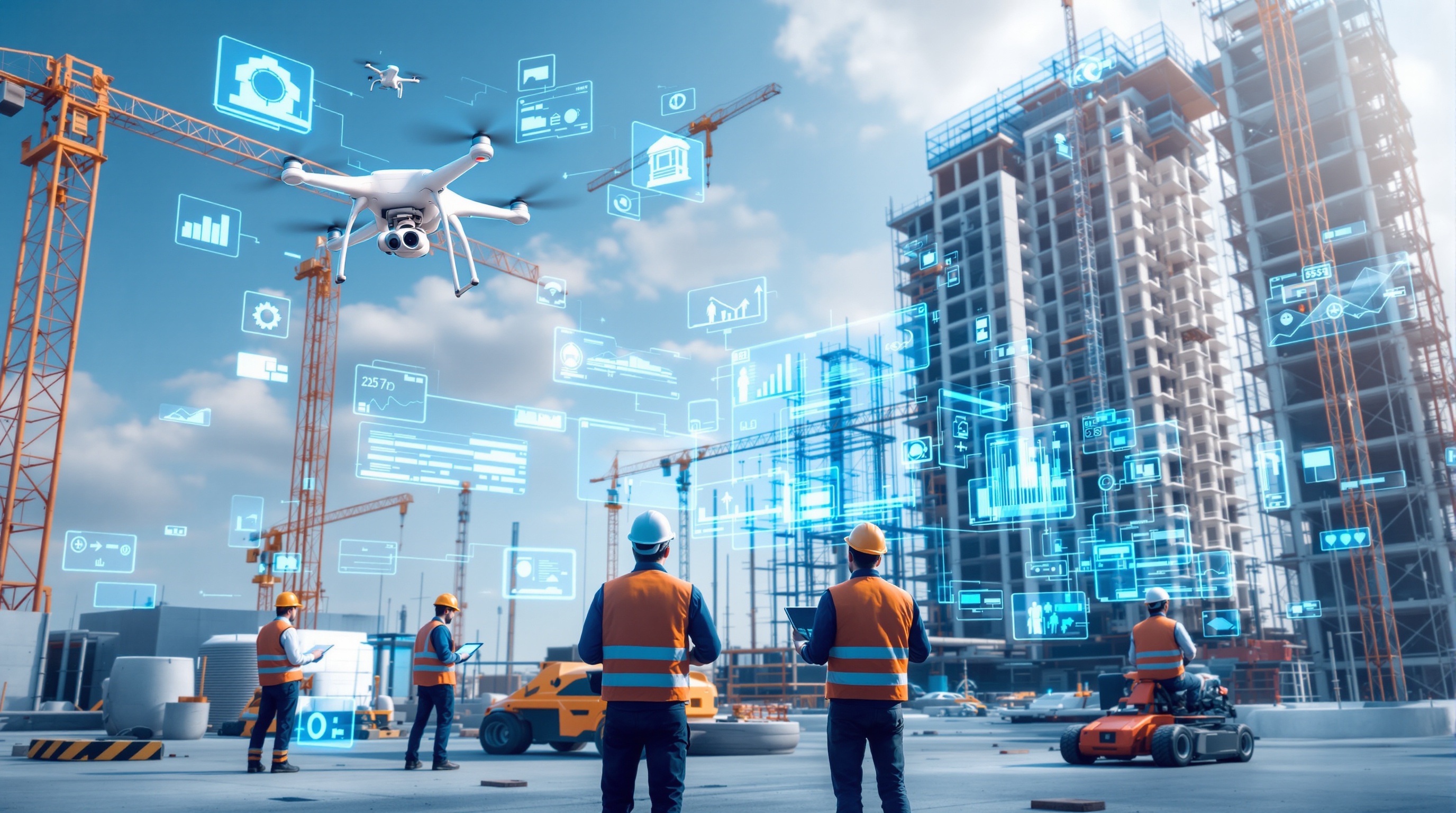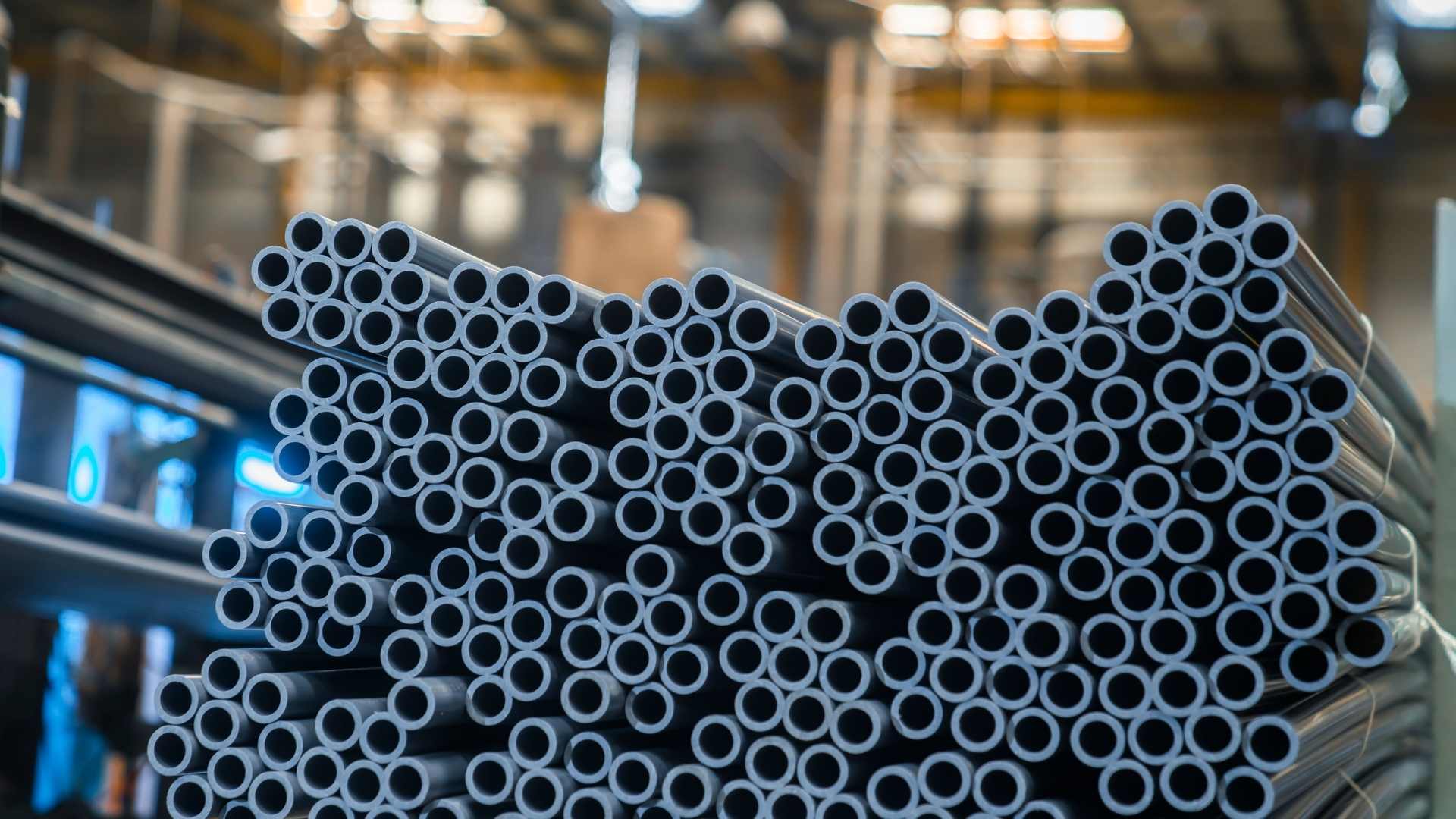Construction and Architecture Trends That Will Shape The Industry
The construction and architecture industry is a dynamic one. Under the Construction Industry Roadmap 2020 to 2030 of the Department of Trade and Industry (DTI), Construction Industry Authority of the Philippines, and Philippine Contractors Association, the construction industry is aiming to boost its economic contribution to P130 trillion by 2030, which is 325 percent larger than its original projection of P43 trillion without the roadmap.
The dynamic nature of the industry has paved the way for new residential designs, techniques, and technologies. All these developments will pave the way for exciting trends that will shape the future of the industry.
Micro designs
In this age of population explosion, rising costs of housing, and increasing costs of land, space will become a major concern for home and building owners. According to a report by the United Nations, cities and urban environments will be occupied by 68% of the world’s population by 2015. This is where the importance of maximizing space becomes vital than ever.
Micro design utilizes unusual shapes and aesthetic stylings combined with intelligent space awareness to come up with habitable spaces as small as 30 square meters. In the coming years, architects and constructors will take on the challenge of creating micro spaces for home and office applications.
Multi-purpose spaces
We are used to living in homes with a traditional design. In today’s homes, it is common to see a dedicated room for dining, sleeping, studying, or even a lounge. All that is bound to change in the future as the industry is headed towards designing homes for a modular living. Gone will be the days of rooms with a single purpose.
In the future, we will see spaces and rooms serving several purposes. Dividers and sliding doors will be integral to this trend. As the industry heads to the future, we will see multi-purpose homes and offices designed for the needs of the new breed of home and office users.
Sustainable Architecture
With the impact of global warming felt all over the world, the construction and architecture industry has been looking for an environment-friendly design. However, this trend hasn’t picked up yet because construction projects by big businesses in the large city centers remains to be the top priority.
The last few years have seen a growth in sustainable projects that have less impact on the environment. Nowadays, we see homeowners more concerned with having a sustainable life. A Nielsen report revealed that more than 6 out of 10 people are willing to pay for products or services from companies that are environmentally conscious.
With this development, we now see homeowners making lifestyle changes such as recycling waste and switching off the lights. With this new attitude among homeowners, architects started to adopt eco-friendly designs such as living walls and rainwater collection systems.
Wellness Architecture
Aside from being environmentally aware, today’s new breed of owners has also looked for styles that will have a positive impact on their health. Several years of research, as well as changes in understanding, led to the belief that houses can have a significant impact on the overall wellness of its inhabitants. As they design structures, architects are now taking into consideration the overall health of homeowners.
Home Offices
Over the years, we have also seen the number of people embracing the idea of working from home. According to a study conducted for the University of the Philippines School of Labor and Industrial Relations, the Philippines ranks 3rd in the world in online freelancing. OnlineJobs.ph, the Philippine version of Upwork, reveals that they already have 250,000 freelancers in their fold.
With this development, residential developers are now starting to design innovative office spaces in homes. With the growing number of individuals embracing the work from home revolution, developers are starting to develop new designs that cater to this growing population of people whose corporate and home lives are interconnected.
Indoor-Outdoor Spaces
As people are now finding ways to reconnect with nature and the outside world whichever way they can, architects and developers must now start to design homes that will connect individuals to their interior and exterior space. This trend has some connection with the wellness architecture we mentioned earlier.
Fresh air, daylight, and exposure to nature can contribute a lot to the overall wellbeing of an individual. We now have seen a move towards removing structural barriers between the external world and indoor living. Now we see homes that feature frameless sliding glass doors and this trend, as well as other features, is likely here to stay.
Co-living
Over the years, we have seen the development of a new way of living. Today, we see a growth in structures that cater to a more transient lifestyle. Co-living involves several persons sharing accommodation to spare themselves from the cost of owning a private unit. Aside from the accommodation, co-living also allows the renters to share amenities like gyms, lounges, laundry rooms, and others. This way, they will share in the payment of the bills and fees stipulated in the contract.
These are just some of the developments that will shape the future of the construction and architecture industry. Architects and construction firms will surely be finding ways to make these trends a reality in order to satisfy the needs of their customers.





